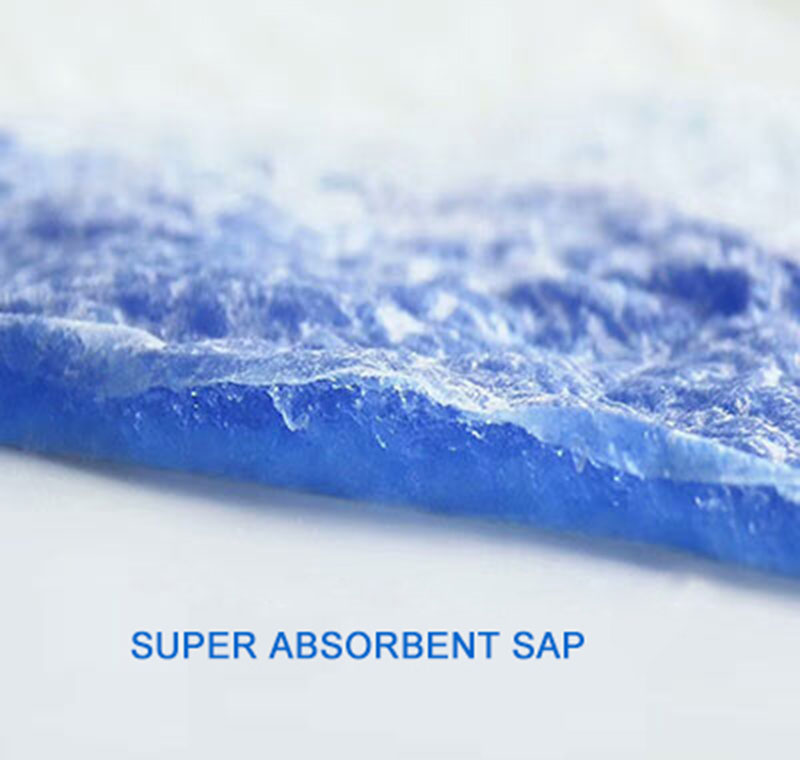Diapers are an essential part of infant care, providing convenience and hygiene. A crucial component that makes diapers effective in managing liquid is the super absorbent polymer (SAP). This blog post delves into the role of SAP in diapers, its chemistry, and its impact on performance and sustainability.
## What is Super Absorbent Polymer (SAP)?
Super absorbent polymers are a class of functional polymers known for their ability to absorb and retain large amounts of water and aqueous solutions. They are used in various applications such as medicine, agriculture, and industry, but their most notable use is in disposable baby diapers (DBD).

## Chemistry of SAP
The primary chemical used in SAP is sodium polyacrylate, with the formula (C3H3NaO2)n. This polymer's unique structure, characterized by repeating units, allows extensive cross-linking, which forms the basis for SAP's exceptional absorbency.
## How Does SAP Work in Diapers?
The process of hydration unfolds the magic of SAPs. Hydrophilic groups, such as carboxylate ions within the sodium polyacrylate chains, attract and bind with water molecules through hydrogen bonding. As water infiltrates the polymer network, rapid swelling occurs, transforming the liquid into a gel-like structure. The cross-linked nature ensures the gel retains its form, showcasing SAPs' remarkable water absorption capacity.
## Key Quality Indicators of SAP in Diapers
1. **Absorption Capacity**: High-quality SAPs can efficiently retain a substantial volume of liquid relative to their weight.
2. **Retention Under Load**: Essential for consistent performance in diapers, where pressure is applied.
3. **Particle Size**: Influences dispersion in products, with smaller particles contributing to better distribution and performance.
4. **Rate of Absorption**: Quality SAPs absorb water rapidly, ensuring swift and efficient absorption.
5. **Gel Strength**: Paramount for maintaining the integrity of the absorbent structure, preventing leakage, and ensuring secure moisture retention.
6. **Chemical Purity**: High-quality SAPs are free from impurities, safeguarding their performance and minimizing skin irritation risks.
## Applications in Diapers
1. **Baby Diapers**: SAPs rapidly absorb and lock away urine, providing extended dryness and reducing diaper change frequency, enhancing infant comfort and caregiver convenience.
2. **Adult Diapers**: They contribute to effective moisture absorption, ensuring comfort and dryness for users.
3. **Sanitary Napkins**: SAPs revolutionize menstrual hygiene by efficiently absorbing menstrual fluid, preventing leaks, and providing a sense of security and comfort.
## Environmental Impact and Recycling
The environmental impact of SAPs, especially from disposable diapers, is a concern. An estimated 6.3 billion metric tons of post-consumer polymer waste has been produced, with the majority in landfills or the environment. Recycling methods that utilize these waste polymers could attenuate their environmental impact.
Researchers are exploring ways to recycle SAPs, such as decrosslinking via hydrolysis, chain-shortening via sonication, and functionalizing via Fischer esterification. These recycled materials can be turned into general-purpose adhesives, offering a more sustainable solution.